Google “kids and technology” and you’ll find a gazillion articles about how parents can police their digital native children. There are tips on how to limit a child’s use of technology, and there are tips on safe browsing. That’s not what this piece is about.
The need to impose limits and ensure the safety of children on the net is without a doubt, a popular topic and an important one. What is harder to find are articles extolling the positive side of kids and technology and technology and the family. That’s a shame, because instead of being worried about the downside of technology, we should be praising the benefits of technology for our children.
So here you go—a blog piece about using technology to enrich family life. Think about it: technology has surely done more than drive people away from each other and toward their machines. Technology has also widened the horizons of what the members of a family can share with each other. Computers and smart phones expand the boundaries of communication and knowledge. Instead of worrying about limits only, families should also consider what they can explore and learn together as a result of technology.

Let’s start with vocabulary enrichment. How many times has your child asked you about the definition of an unfamiliar word? Conscientious parents have always told their children to look it up. But kids loathe dragging out the dictionary. It may seem like too much work.
Computers solve that problem. All your child has to do is copy and paste a word into the browser address box or search bar to find the definition. In fact, one only has to begin typing a word, and Google will try to read your mind, and begin to spit out guesses to figure out what you want to know. Most of the time, you don’t have to type very much before Google offers exactly the information you seek, right in the browser, often without even the need to click through to the search results or a webpage.
All of this is why the next time your child asks you about the definition of a word, you should remind them that they can search the definition themself, right in the browser address box. And in fact, instead of sighing and saying, “Never MIND,” your child is more likely to actually look up the word since he can do it with technology. It’s just more fun and less labor intensive.
Technology also comes to the rescue when a child is stumped about the pronunciation of a word. Just begin typing the word into the address box of your browser, and boom. There it is. The word, followed by its pronunciation. Your child can click first on the definition and then the speaker icon to have a bot read the word out loud, and can practice saying the word to their heart’s content.

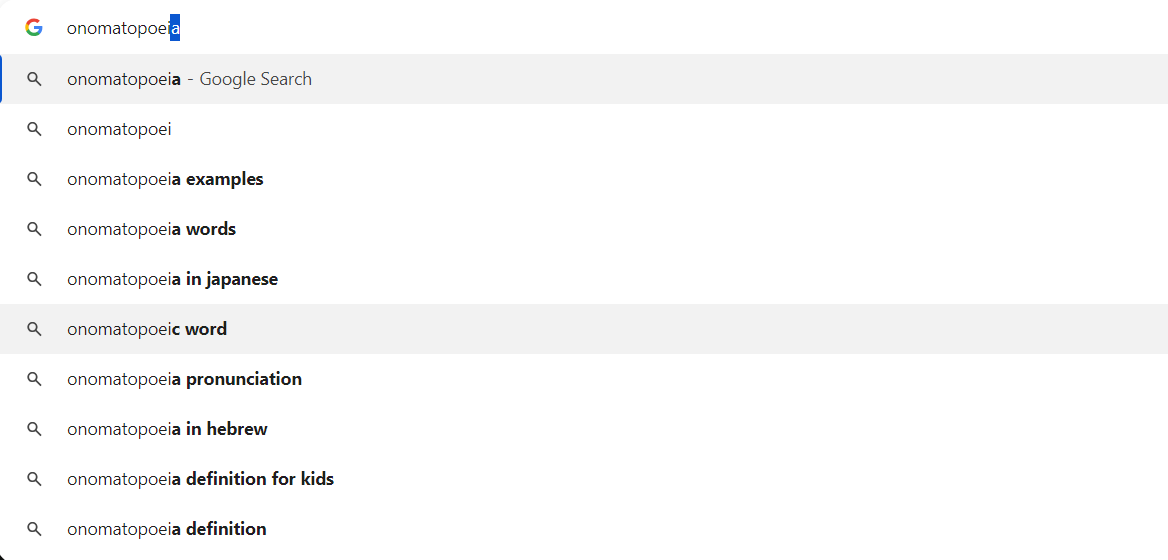
Kids and technology advances have led our children to a point where they can find any information they need with no need to ask their parents. This is good, because the extra step of typing and searching the word’s definition and pronunciation, cements this information in your child’s memory bank. Googling things, believe it or not, counts as experiential learning.
Your child will discover new aspects of a word they can explore based on the suggestions Google offers when they begin to type. Our kids can be led by the mouse, so to speak, to follow marvelous tangents, for example, the origins of words, and examples of word usage. They can find rhymes, and articles, and quizzes on words, should your kid be totally into etymology (look it up).
How can you help? Not by supplying the answer, but by being with them as they search. Sit with them. Explore with them. Learn alongside them.
When your child needs to write a paper, show them how they can find apps that tell them how to rephrase an awkward text, or check for plagiarism. They can find synonyms, related words, near antonyms, and antonyms. Long ago, perhaps, their grandparents had to use a real thesaurus with pages. That took some practice; there’s a steep learning curve to mastering the thesaurus. But the advent of the internet browser has made it easy-peasy for kids to find alternative way to say what they mean so they don’t sound redundant in a long and boring paper for school.
But let’s move on. Say your child asks you a question: “Where do aardvarks live?”
How should you respond?
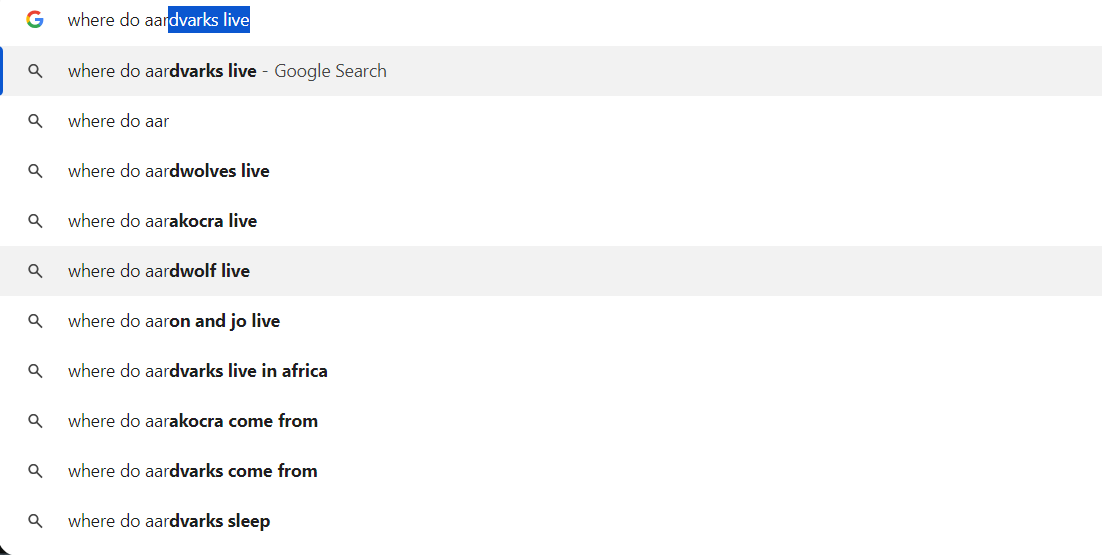
Don’t spoon-feed your child the answer. Rather, show him how you would use the computer to find it yourself. You say, “Let’s look it up together.”
Go to Google and type in “aardvark habitats” and together, the two of you will uncover a treasure trove. Remember how it was in the olden days? You had to dig around the card catalogue in a library and hope you would find a book or two or three. But Google gives you endless results and they’re fabulous.
Look through them together and enjoy the experience of learning a subject as parent and child. A Google search for “aardvark habitats” will definitely bring up a Wikipedia page with a great overview on the topic. But you can also find wonderfully rich content such as that found on the African Wildlife Foundation website. There’s a fantastic close-up photo of an aardvark at the top of the page along with a fun fact: the aardvark’s tongue can be up to 30 cm. long. Get out a ruler to show your child what that looks like. Measure your own tongues–first your own, then his–enlisting your child’s help. Contrast and compare. Get silly and giggle. You’re both learning and it’s FUN.
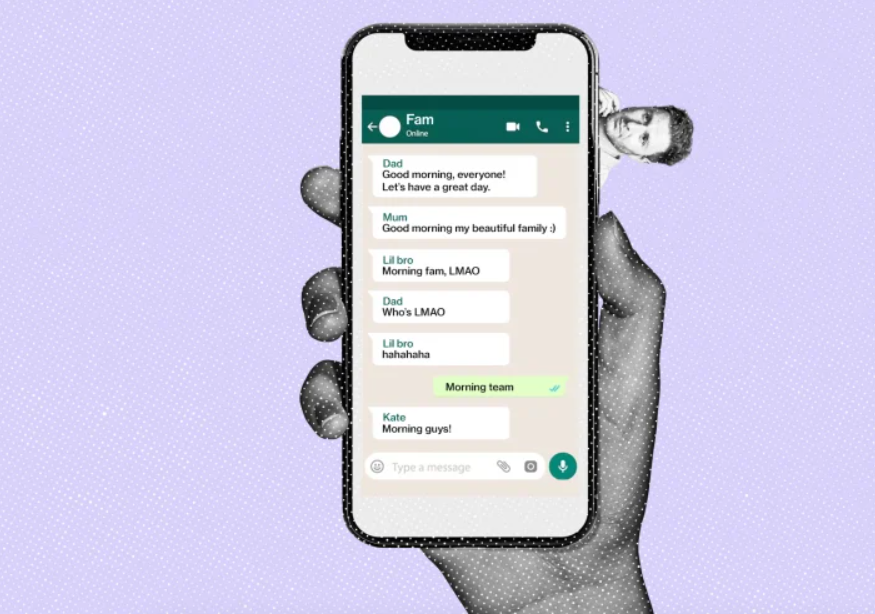
And what about just keeping in touch? Whatsapp means that even if you live on the West Coast and your child’s grandparents live on the East Coast, there’s no need to have a communication gap. Tooth fall out? Help your child grin a toothless grin for Grandma on Facetime. New braces? Another milestone in the evolution of your child’s smile for Grandma to see. With Zoom, she needn’t miss a thing.
Whatsapp is another great way to keep in touch with the members of your household, or to your extended family in real time. You can make a family group and name it for example, “The Smith Family.” Whenever one of you sends out a message to this address, it will go out to the entire family. That’s a convenience when you want to get a message out to everyone all at once, “Go outside. There’s the most fabulous sunset, u have 2 c 2 believe!”
Now that’s sharing. What a bonanza for your child! One more item for the pro side of your pros and cons list relating to kids and technology.
But that’s only the beginning. When your child asks you, “Where did you go to school when you were a little girl?” just head on over to Google Maps and type in the name of your school. In my case, that would be Wightman School in Pittsburgh. The minute you begin typing, Google tries to anticipate what you want. So even if my frenzied brain couldn’t remember the name of the street my school was on or what the school is called today, Google covered for me, filling in the missing memory gaps. Google even told me that today, my elementary school is a community center.
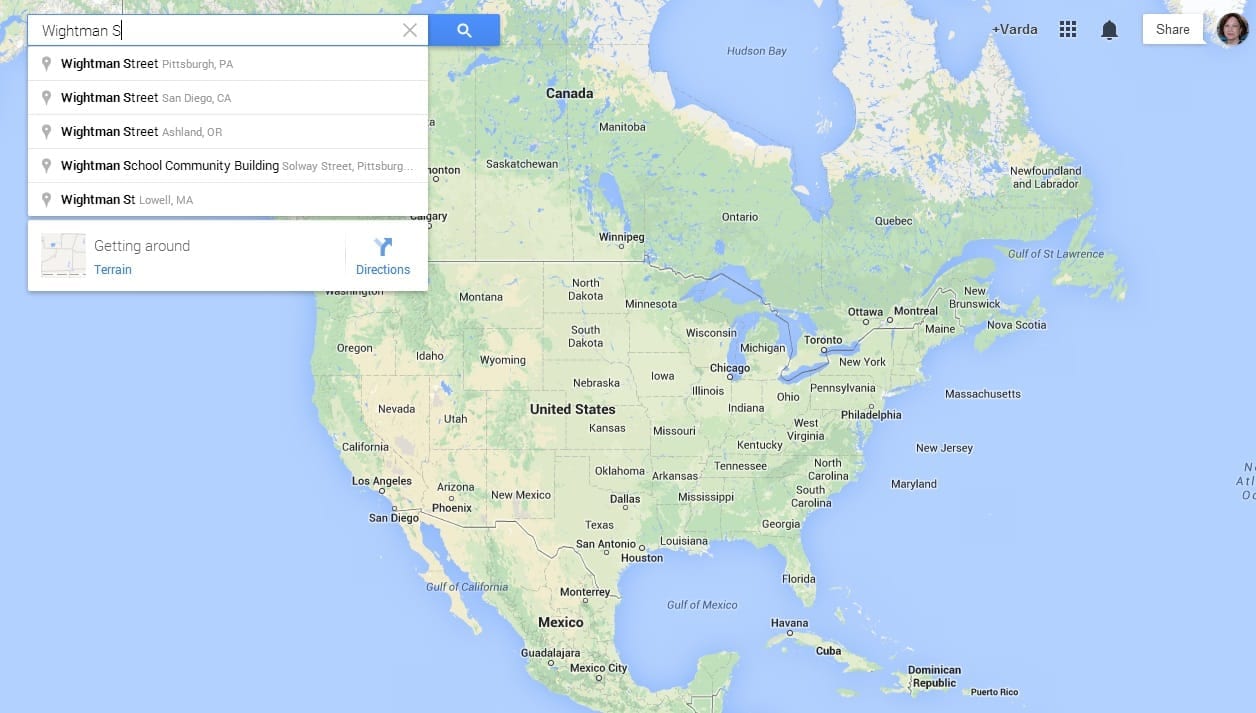
I clicked on Google’s correct guess and suddenly I had a preview with an option to click for the street view of my old elementary school (for some reason, I was shown the side of the school—so I showed my child how to move the cursor to see the front of the school and then I showed them the field where we did sports, across the street from the entrance). It was a nice trip down memory lane.
You can do the same thing if you’re going on a business trip. You can show your child exactly where you’ll be staying. Is the family moving? Help your child acclimate to her future neighborhood by showing her around with Google Street View. Or show her the home of her favorite author.
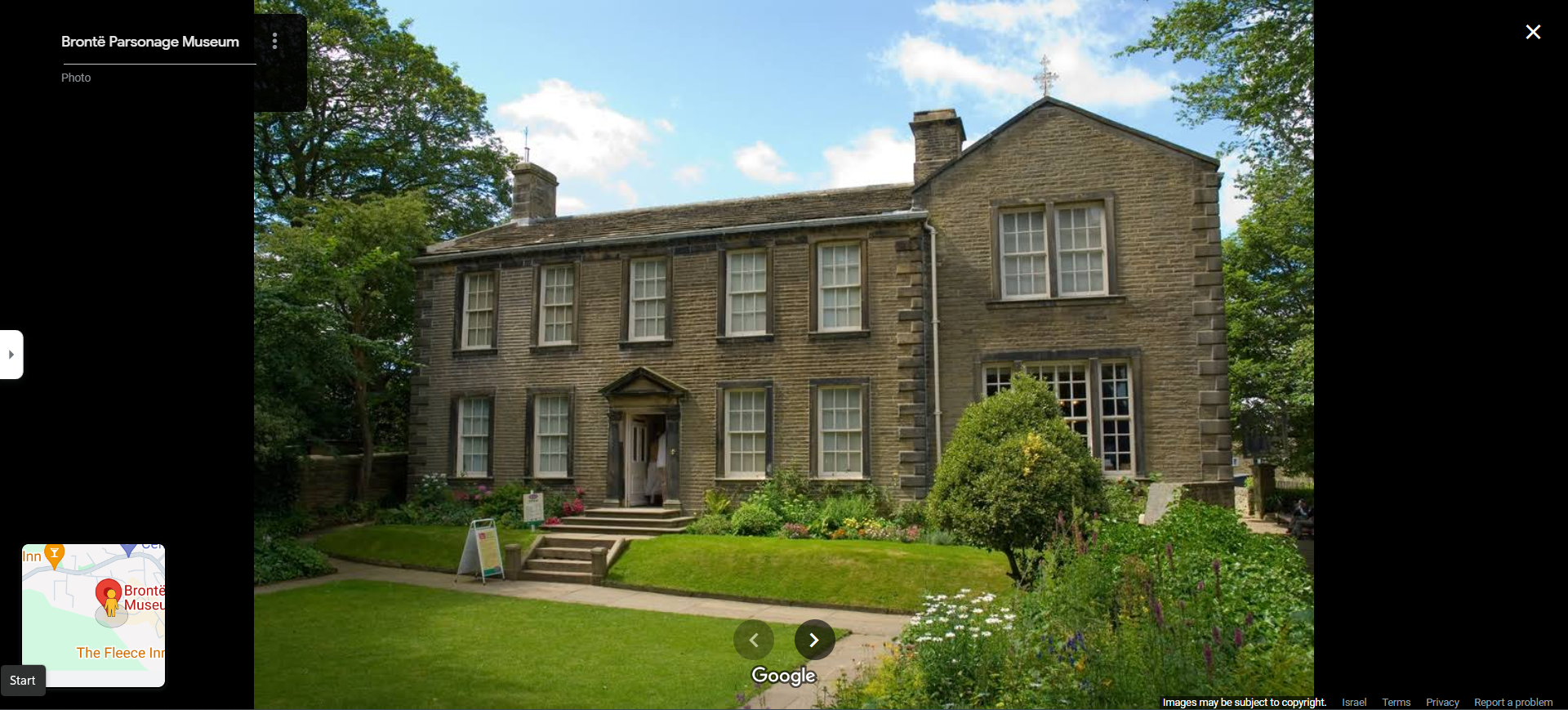
Is your daughter in love with the Brontë Sisters? Type “Brontë Parsonage Museum” into Google Maps and scroll through the wealth of photos and videos on the left-hand side of the page. It’s almost like you’re there, taking a tour, but without the crowds–and without having to pay an admission fee.
Kids and technology can be a good thing. The fact is that the internet is a wondrous place to be. One can never run out of things to do and learn. The main thing is to accentuate the positive and learn to explore this vast treasure trove together with your child.
Happy surfing!

Really good information for all the kids including me 🙂
Ha ha. Thanks. Herb!